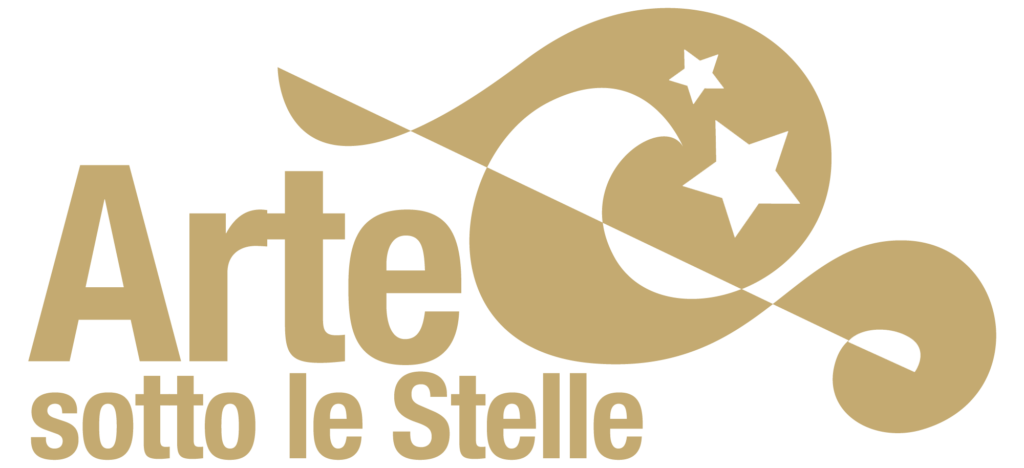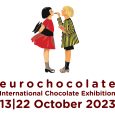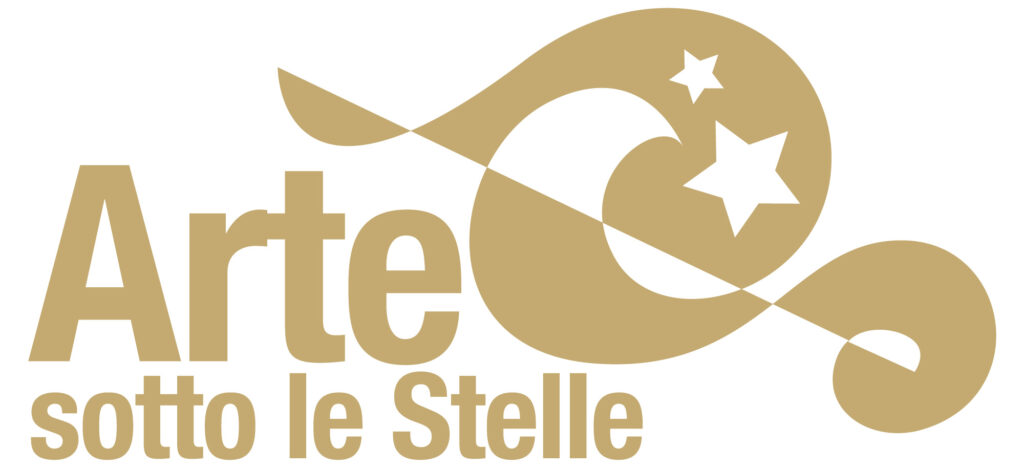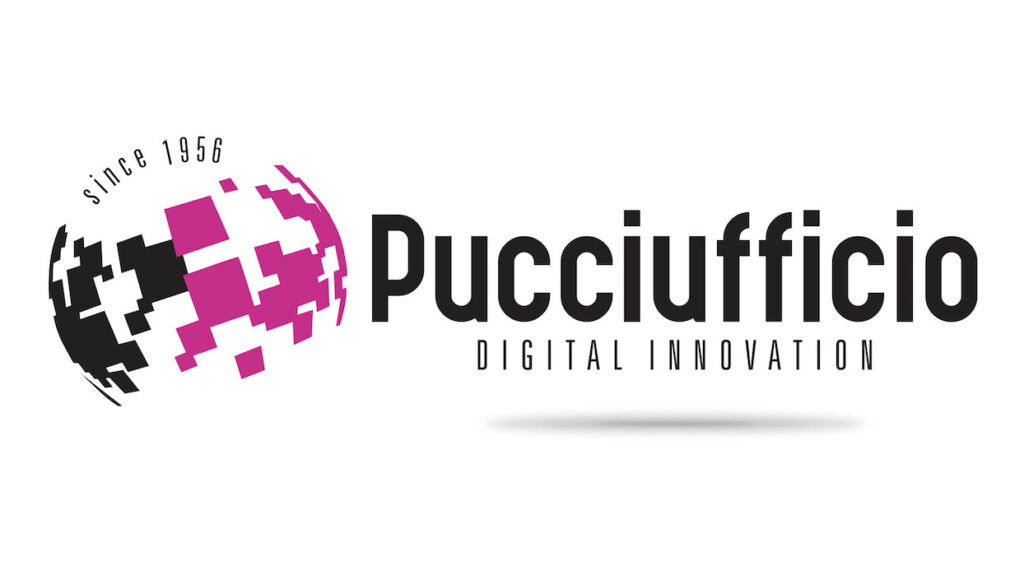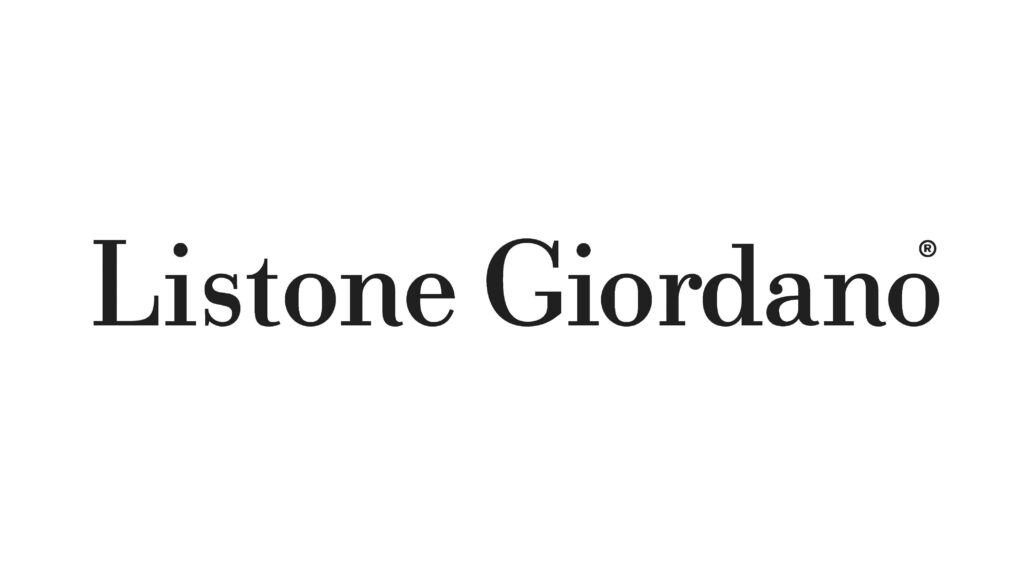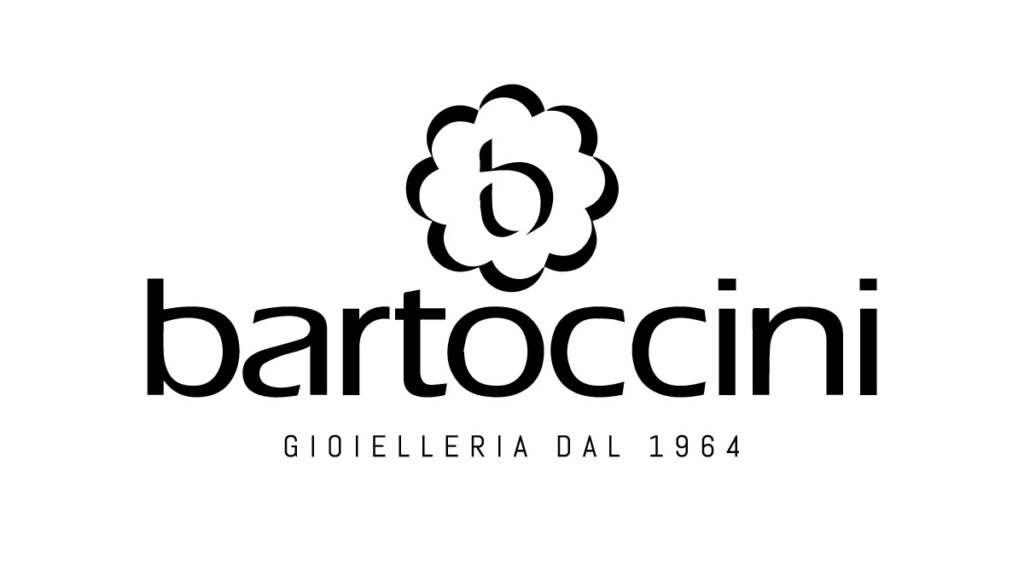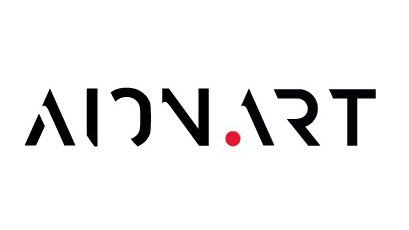Around Lake Trasimeno
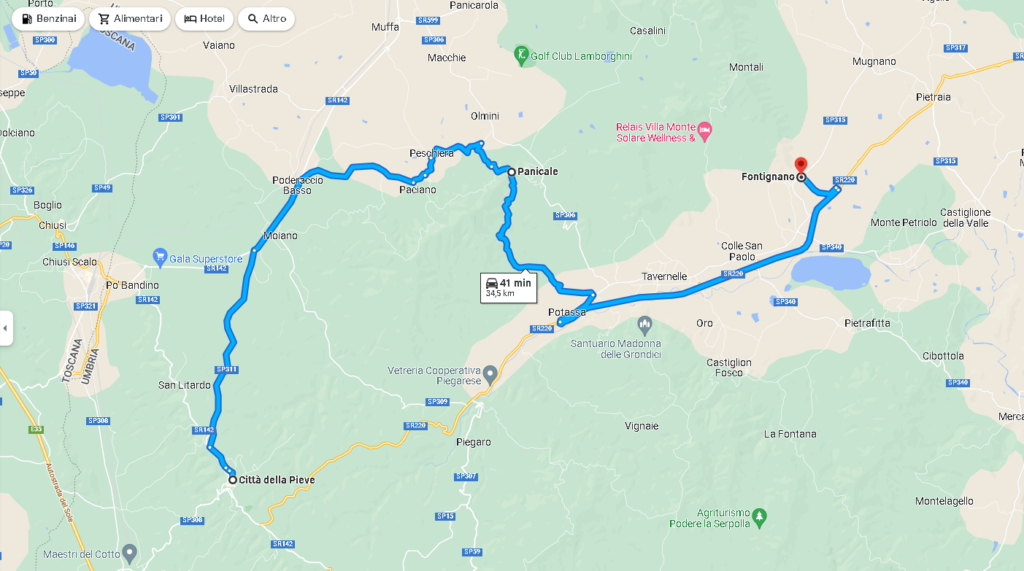
Città della Pieve:
Cathedral of Saints Gervasio e Protasio, Città della Pieve
Piazza Plebiscito, 11, 06062 Città della Pieve PG
Perugino, Baptism of Christ, after 1490, oil on panel, 160 x 210 cm, Cathedral of Saints Gervasio and Protasio, Città della Pieve
The theme of the painting is the Baptism of Christ by Saint John. The scene has a very armonious and symmetrical composition, and it’s taking place in the waters of the Jordan River: the two protagonists are in the centre of the scene, while two Angels stand in a slightly backward position; the dove of the Holy Spirit is descending on Jesus. The landscape opens on an urban center in the distance and is characterized by a vegetation made of stylized trees.
Considered as a workshop work, after the restoration was attributed to the master Perugino.
Perugino, Madonna with Child and Saints Gervasio, Peter, Paul and Protasio, 1514, oil on panel, 240 x 220 cm, Duomo, Città della Pieve.
Nowadays, the altarpiece is placed in the central part of the apse of the Cathedral, buti t was originally conceived to be place on the high altar, following the will of the prior of the chapter of the canons, Marchisino di Cristoforo Manni.
Mary is in glory, within an almond of light surrounded by cherubim and angels, while she gently holds in her arms the Child Jesus, who raises his hand in a sign of blessing and looks down at the figures placed on a geometric floor in perspective, two of which, the holy dedicatees of the Duomo, hold up the red banners with the symbol of the city: the blessing is therefore addressed the whole community.
The Saints Gervasio and Protasio were two young brothers from Milan, perhaps lived and martyred under the Empire of Nero, chosen as patrons of Città della Pieve.
The work is signed and dated by Perugino at the bottom, in the middle of the parapet.
Oratory of Santa Maria dei Bianchi
Via Pietro Vannucci, 40, 06062 Città della Pieve PG
Perugino, Adoration of the Magi, 1504, fresco, 700 x 650 cm, Oratorio di Santa Maria dei Bianchi, Città della Pieve.
This large fresco, executed by Pietro Vannucci together with his assistants for the church of the order of the Disciplinati or of the Bianchi, located in his birthtown, shows the scene of the Nativity of Christ. The colors are bright and help to distinguish the wide variety of characters,
In the background, a dense but composed procession of participants is neatly disposed on both sides of the central scene. Behind the wooden hut, immersed in a peaceful countryside landscape, flocks of sheep, shepherds and riders are approaching to adore the Child.
Church of Santa Maria dei Servi
Via Beato Giacomo Villa, 5, 06062 Città della Pieve PG
Perugino, Deposition from the Cross and Lamentation over the dead Christ, 1517, frescoes, 890 x 417 cm and 760 x 393 cm, church of Santa Maria dei Servi, Città della Pieve
The two monumental frescoes, one depicting the Deposition of Christ while the other shows the Lamentation over the Dead Christ, were commissioned to Perugino by the Compagnia della Stella, which used to gather in this place of worship. The two works, both showing themes connected to the Passion of Jesus, were completed in 1517.
The fresco of the Deposition is still almost intact, except for the figures of Jesus and Nicodemus, which were destroyed as a result of the building of a choir; in the upper part, the dead body of Jesus, still partially held on the cross, is supported by two men, reaching him climbing on a ladder. On the left, some of the Pious Women are helpin the Virgin, who is fainting because of the pain, while on the other side saints and apostles are praying. The countryside landscape in the background recalls the Umbrian hills.
On the contrary, the fresco of the Lamentationis very lacking. Only the Eternal Father, within an almond of light surrounded by angels and, below, two painful figures are recognizable
Pietro Vannucci called “Perugino”‘s birthplace
Piazza Plebiscito, 06062 Città della Pieve PG
On the outside, the building bears a modern informative plaque that identify it as Cristoforo di Pietro Vannucci’s house, father of the Divine Painter; so it is likely to think that this is the place where Perugino was born.
Panicale – Church of San Sebastiano
Via Belvedere, 10, 06064 Panicale PG
Perugino, Martyrdom of Saint Sebastian, 1505, fresco, 469 x 471 cm, Panicale, church of San Sebastiano
Saint Sebastian is portrayed in the moment of the martyrdom, carried out by the military of Diocletian by means of arrows; the saint is considered the protector from epidemics, which in ancient times were believed to be carried by infected arrows: at the time of the execution of the painting, Panicale had actually recently suffered the spread of plague.
The composition of the scene is elegant and follows strict rules of perspective: the figure of Saint Sebastian, tied to a column, divides perfectly in half the third arch of the loggia behind him, which opens onto a landscape that plausibly recalls Lake Trasimeno, given the geographical position of the village. From the gable of the loggia, God emerges, with the Globe in his hand, while dynamic soldiers shoot their arrows, arranged in a geometric floor.
Fontignano – Church of Annunziata
Via Arezzo, 12, 06132 Fontignano PG
Perugino, Madonna with Child, 1522, fresco, 67,5 x 135 cm, Fontignano (PG), Church of Annunziata
The paintings in Fontignano are the last executed by Perugino during his life: now old, he was caught by the plague while working in the village, where he is in fact buried.
This enthroned Madonna reflects Perugino’s late pictorialstyle, with clear and transparent colors and the ripetitive use of the same cardboards; unfortunately, the poor state of conservation of the fresco does not allow any further reflection.


